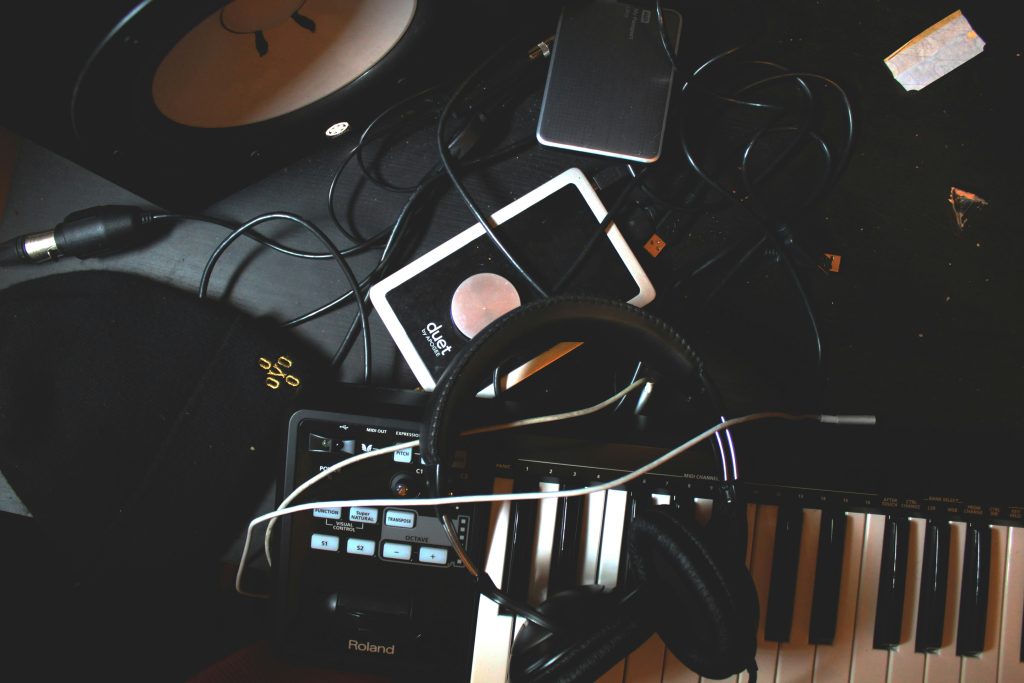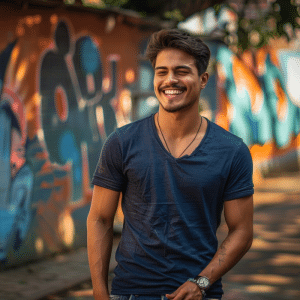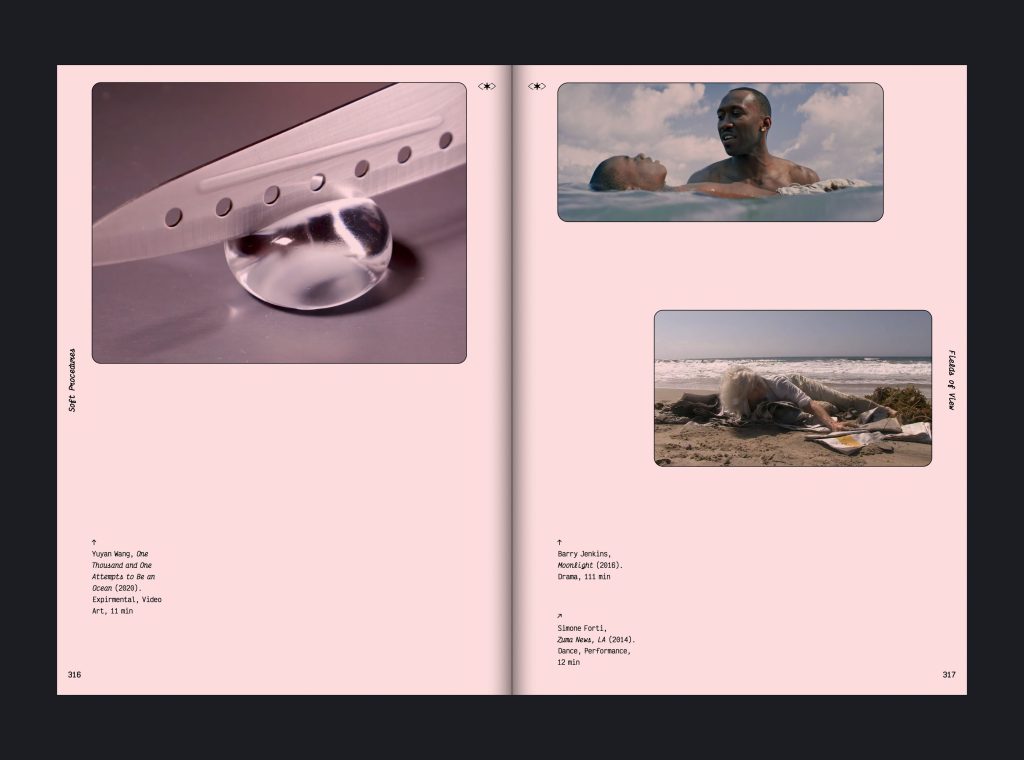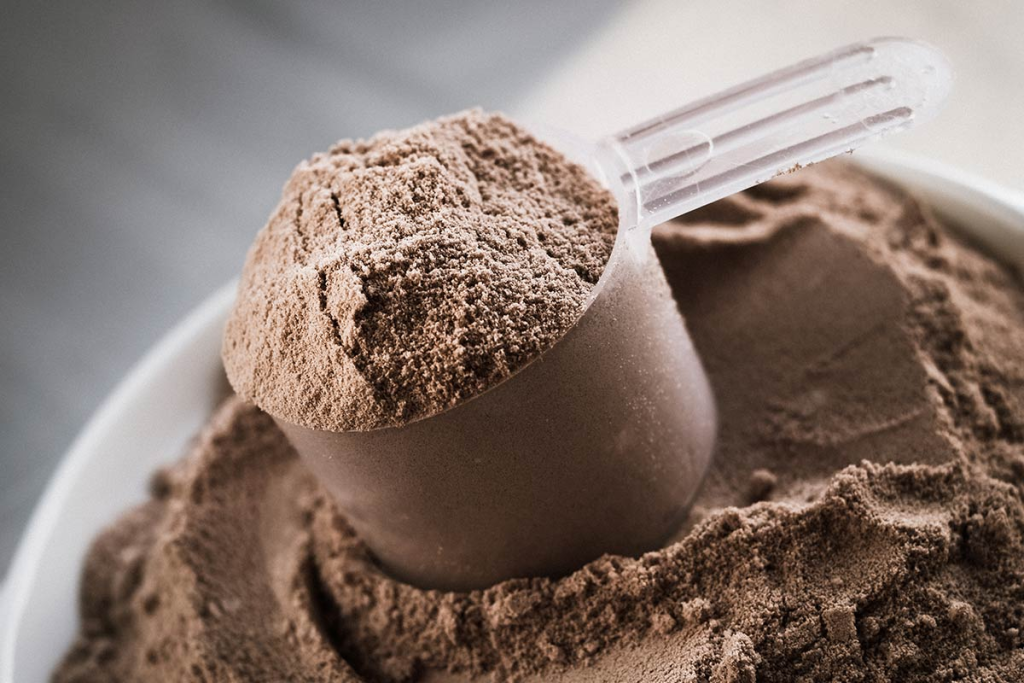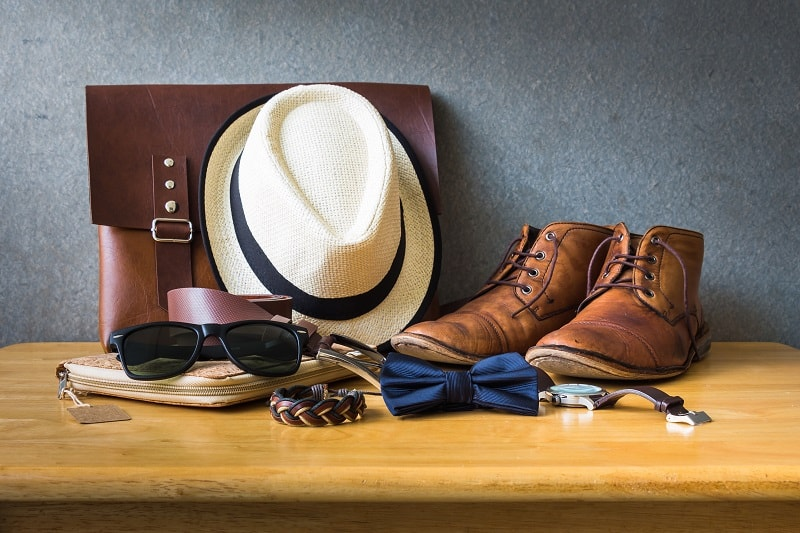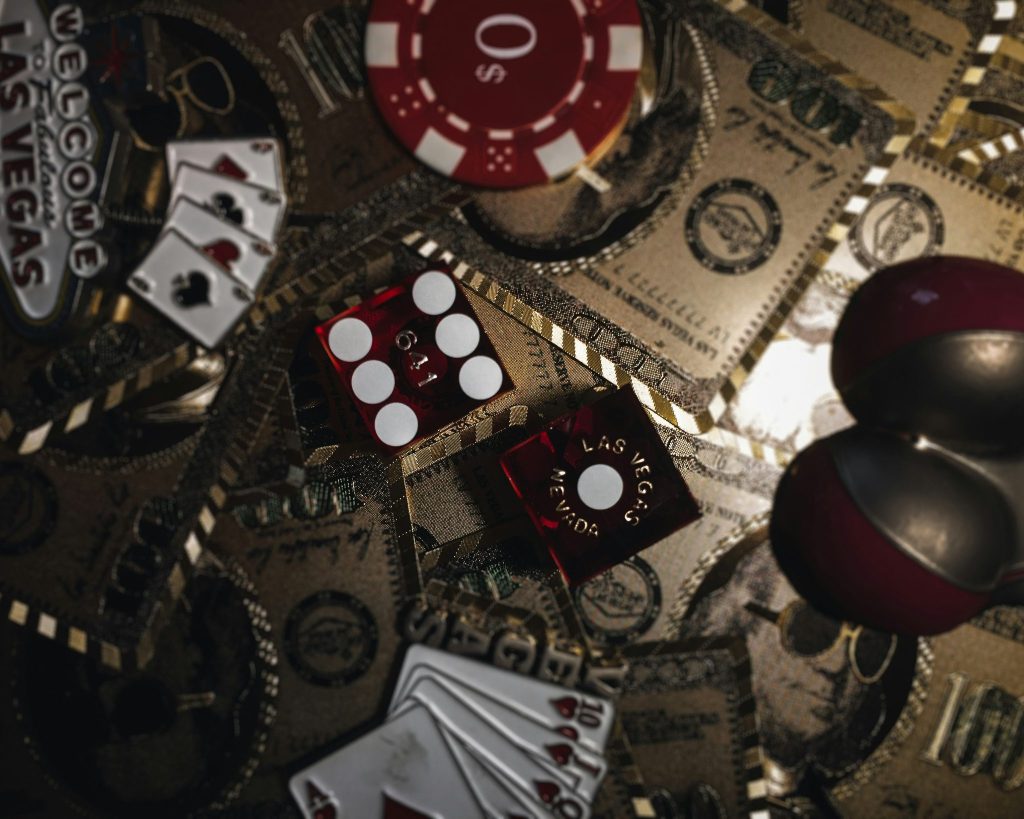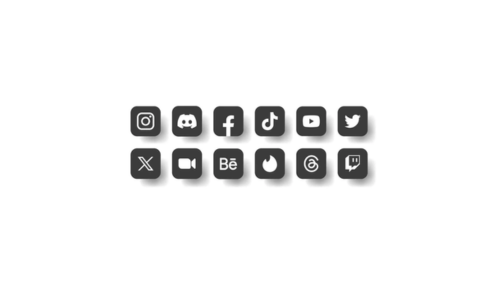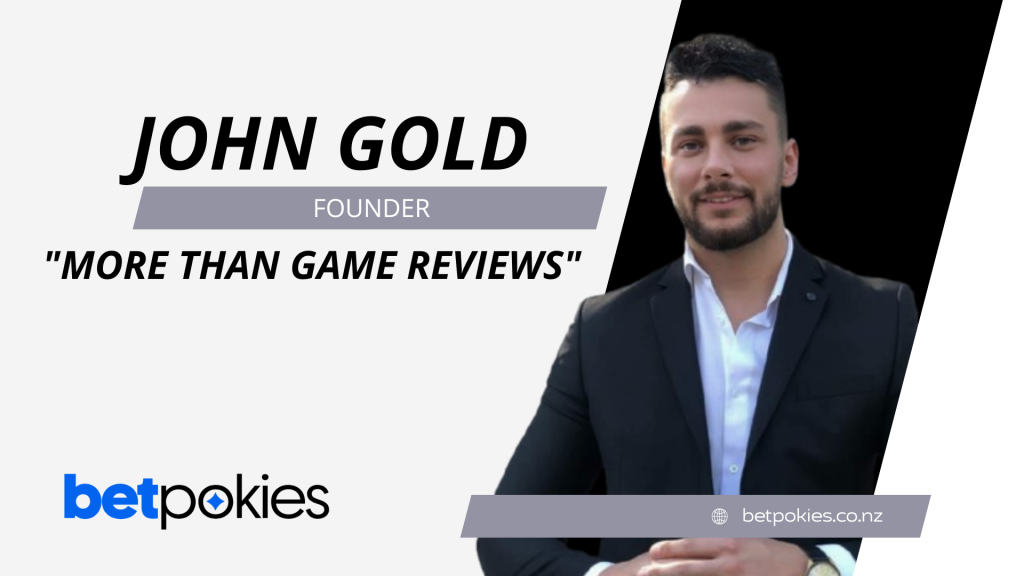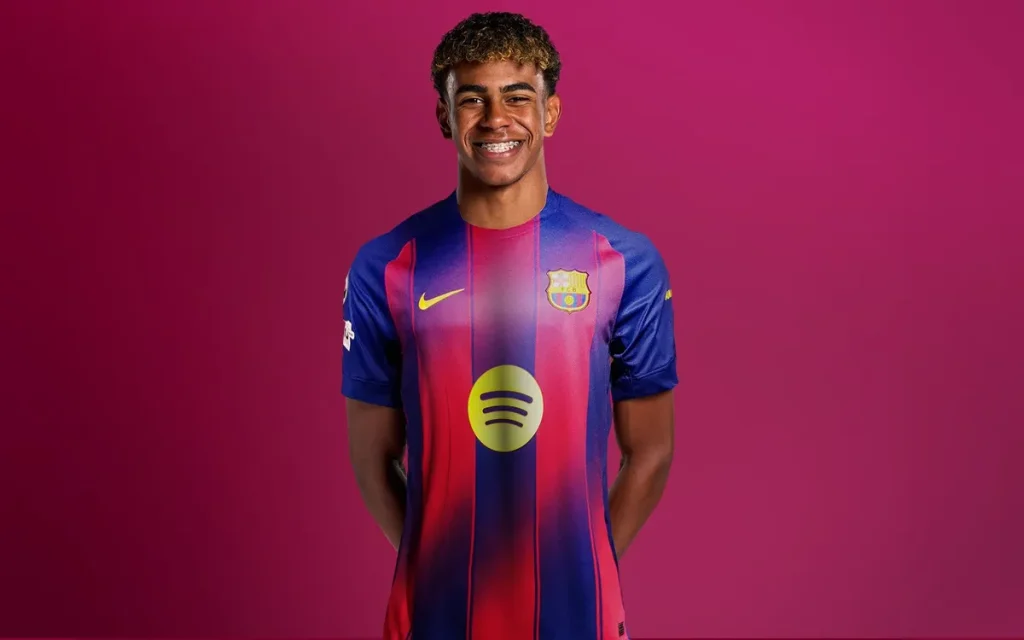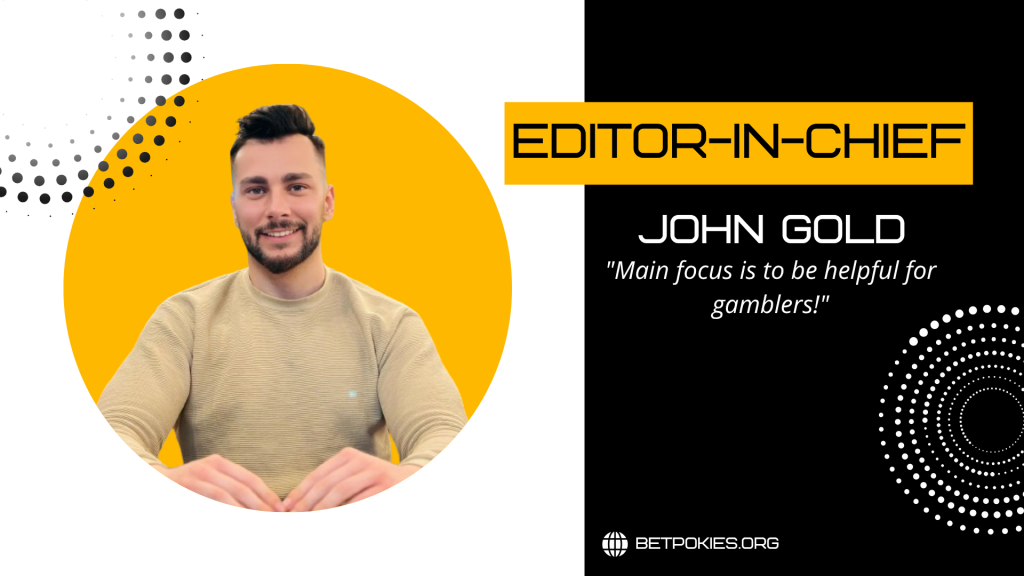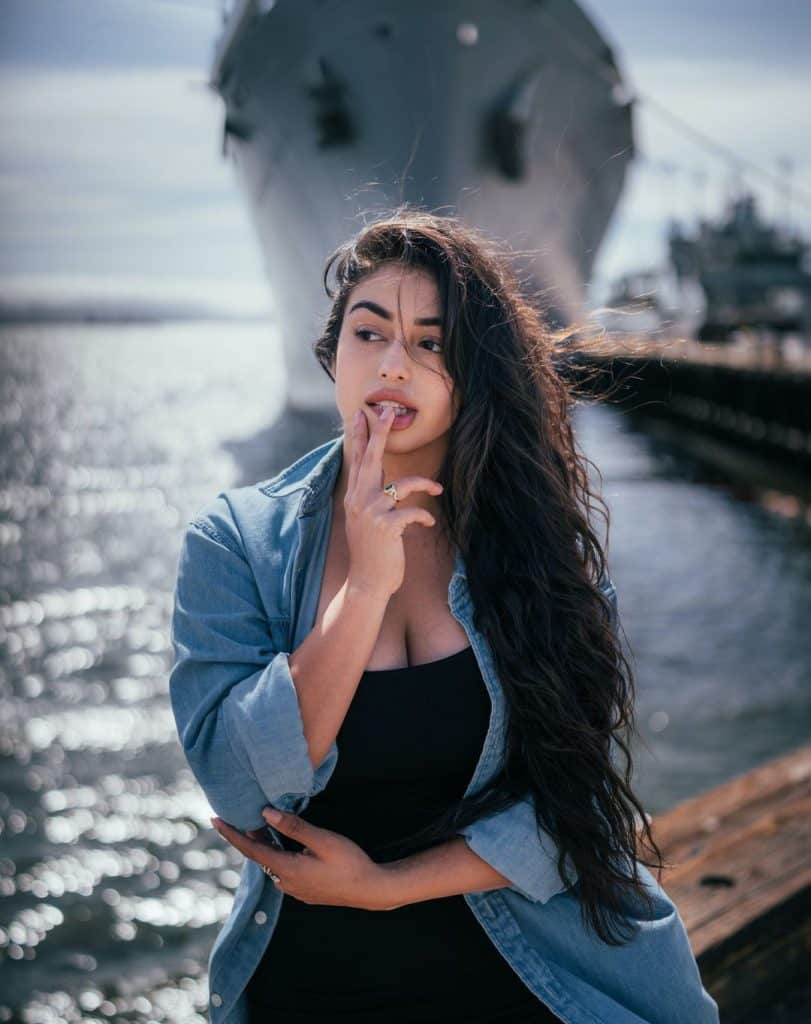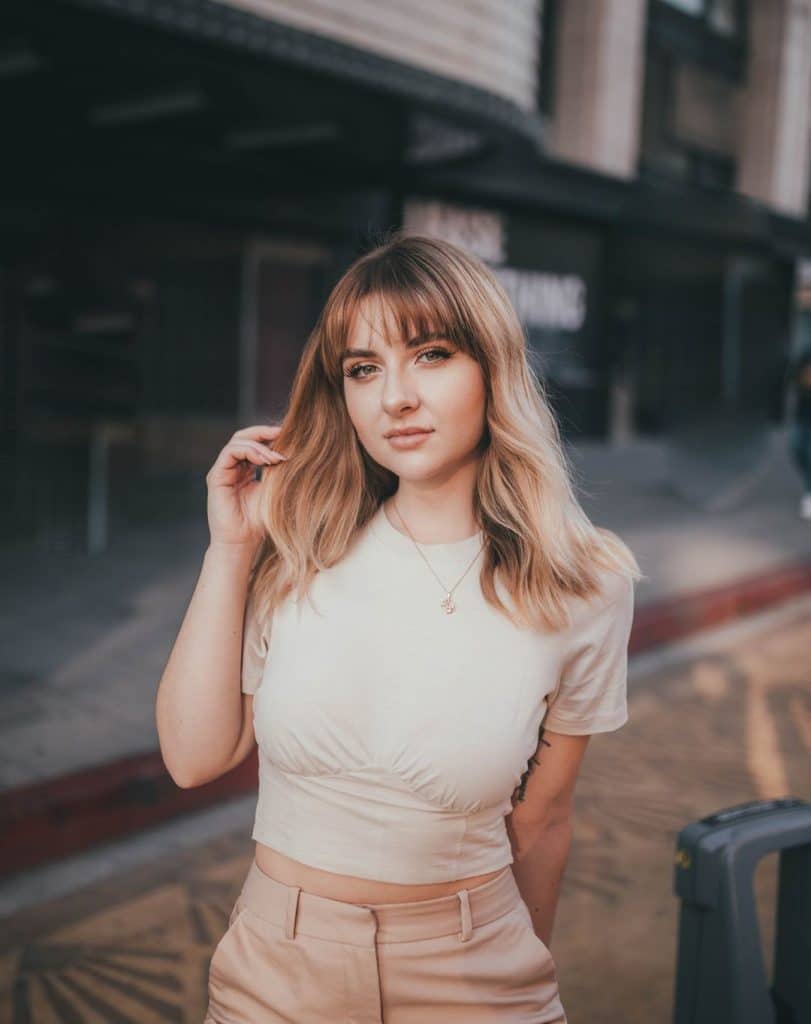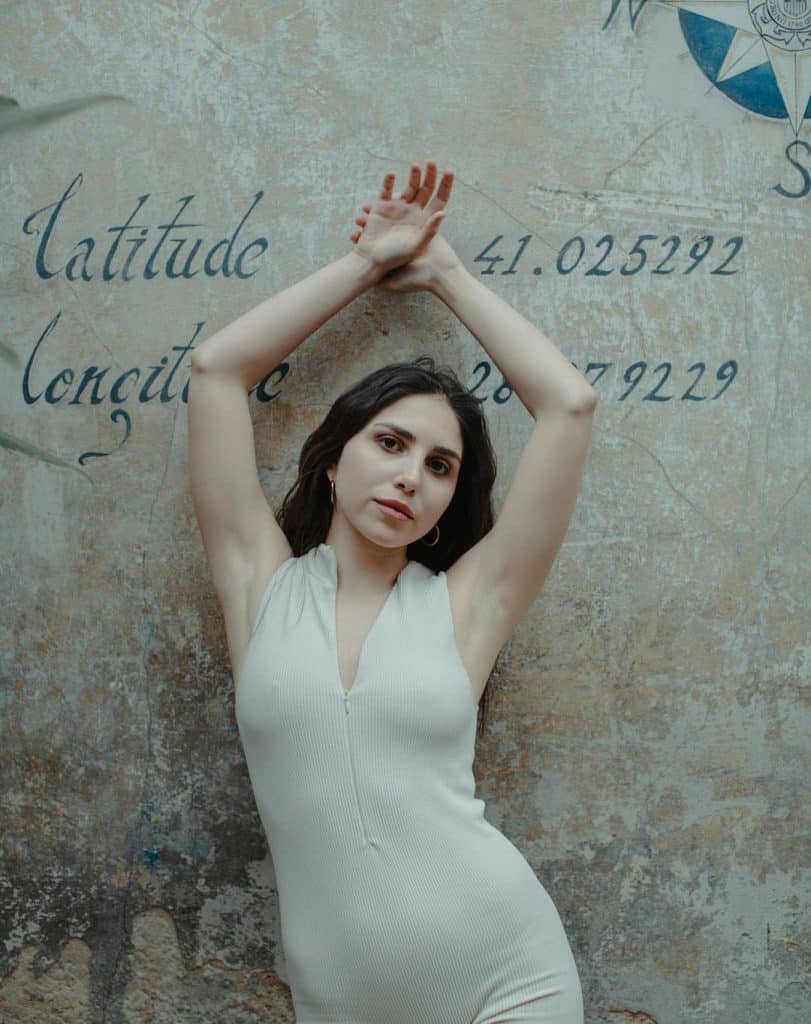Imagine a world where a new track doesn’t just drop—it erupts into our feeds and stories as a cultural moment. That’s the power of influencer marketing in music today. On platforms pulsating with creativity—TikTok, Instagram, YouTube—movers, shakers, dancers, and storytellers fuel viral moments that help artists bypass traditional gatekeepers and connect directly with fans.
Let’s dive into how influencer marketing is remixing music promotion, what strategies are rising, and how brands and creators in music can leverage this powerful tool.
1. From DJs to Digital Divas—the Evolution of Influence
In the past, music promotion relied on radio DJs, TV hosts, and industry press to elevate a song. Today, those roles have been democratized. Anyone with a committed audience—and an authentic voice—can become an influencer. Whether they’re dancing on TikTok, posing aesthetic content for Instagram, or crafting behind-the-scenes videos on YouTube, influencers are cultural arbiters, trendsetters, and connectors all in one. This shift matters to music fans who now discover tracks through memes, challenges, and emotional stories—not just playlists.
2. Music Marketing in the Age of Trust
Influencer marketing isn’t just about reach—it’s about resonance. Fans tune into influencers for authenticity and creative connection. When an influencer shares a new track, it’s not a billboard—it’s a recommendation from someone they trust. That emotional authenticity can turn casual discovery into fandom, even before labels put boots on the ground. Brands working with music creators now must understand nuance: is the influencer a collaborator, a storyteller, a fan—and how does the song naturally fit into their world?
Here’s a subtle but powerful example: mid-tier influencers creating dance routines for new songs, or micro-creators accompanying a track with home-recorded version clips, storytelling voiceovers, or nostalgia-themed visuals. These tiny sparks generate real engagement.
3. Case in Point: When “Old Town Road” Became a Movement
Few examples illustrate this better than Lil Nas X’s “Old Town Road.” Initially a niche hit, it exploded because of social media and influencer-driven remixes, memes, and dances that spread rapidly across platforms like TikTok. Influencers of all stripes—dancers, comedians, meme-makers—jumped on the audio, layering jokes, visuals, and relatability. It wasn’t top-down marketing—it was a community igniting itself, track by track.
4. Trending Today: New Tactics in Music + Influence
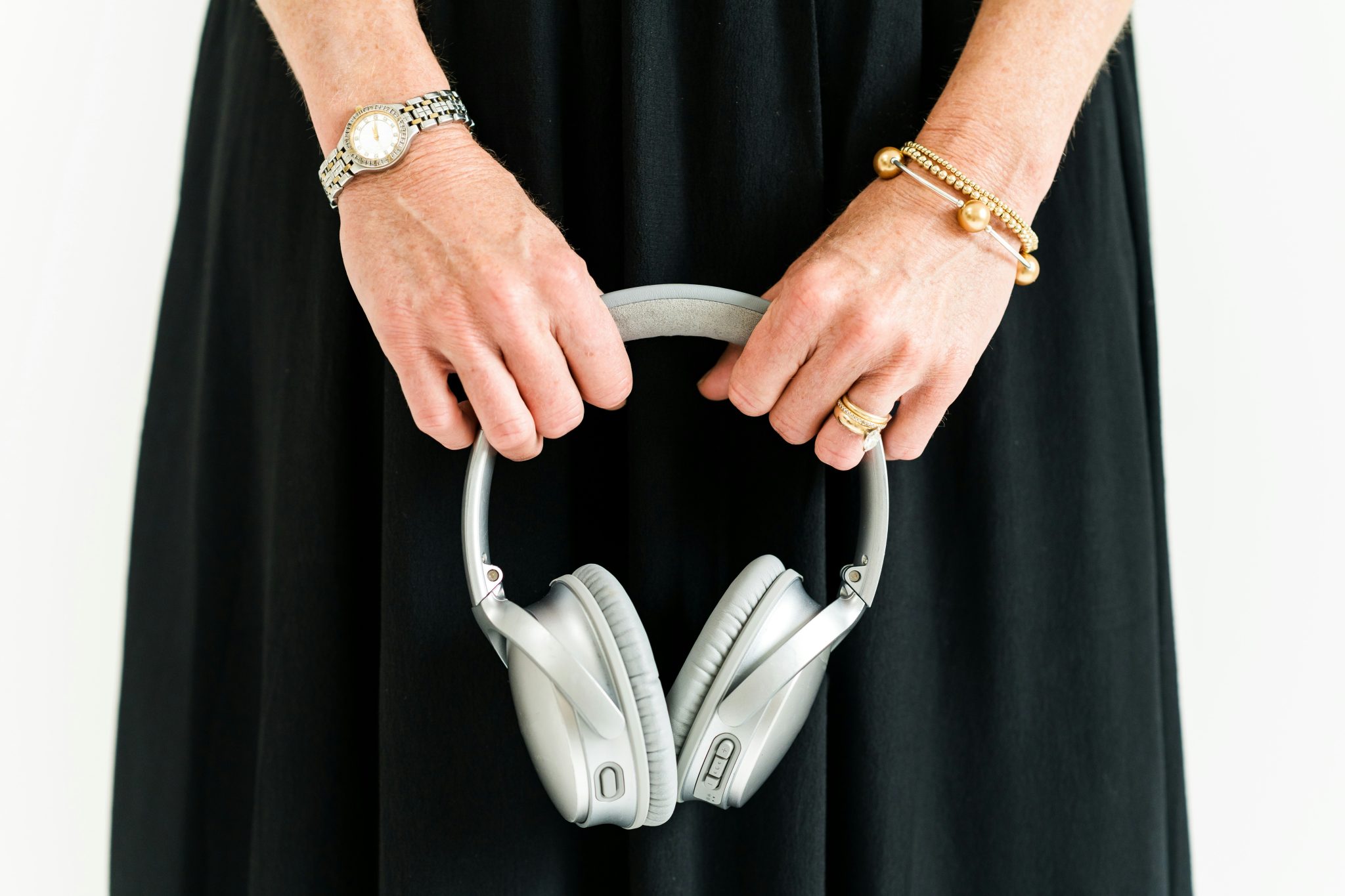
a) Early access campaigns: Some artists now give influencers a preview of unreleased tracks—creating pre-release buzz and exclusivity. Fans feel like insiders, which amplifies social sharing.
b) Genre-specific storytelling: Indie artists pair with niche influencers—like anime artists using a rock track as a time-lapse soundtrack, or skate creators scoring their tricks with underground rap—to reach unexpected audiences.
c) Hybrid creator-brand collabs: Influencers who already love the song appear in official music videos or remix campaigns, blending fan authenticity with professional polish.
5. What This Means for Digital Marketers in Music
Agencies and marketing teams need to think beyond performance ads. They need cultural insight, trend watching, and authentic creative direction. That might look like designing AR filter campaigns tied to album visuals, choreographing micro-challenges for TikTok, or styling behind-the-scenes Instagram stories that build mystique around music.
This is where professional expertise shines. Speaking of agencies that can navigate that creative-technical crossover—if you’re planning to leverage social media’s full energy and need help with influencer strategy, beauty, or aesthetics, check out the Instagram Ads agency in Dubai—they understand how to make brands and artists feel like part of the creative community.
6. Measuring the Beat: Analytics That Matter
Gone are the days when follower count was the only metric. Effective music influencer campaigns use analytics that track:
- Engagement per post (comments, saves, duets);
- Hashtag performance to gauge organic virality;
- Streaming lift tied to content go-live dates;
- Fan acquisition cost, especially for micro-influencer bundles.
Being data-informed doesn’t mean dull—it’s how you keep creative investments smart, sculpting campaigns that feel off-the-cuff but hit hard in results.
7. Future Sounds: Where Influence Is Headed
a) Virtual influencers & avatars: Digital characters will host interactive listening parties, debut tracks, or even “perform” live, blending AI culture with music marketing.
b) NFT-driven experiences: Limited-release tracks or artwork tied to influencer drops will reward fans with exclusive content or ownership signals of fandom.
c) Live co-streaming events: Influencers now host virtual concerts or listening experiences, turning performances into social watch parties where fans don’t just consume—they participate.
Final Note
Influencer marketing in music isn’t just a strategy—it’s storytelling. It’s not about shouting hardest—it’s about telling the right story at the right moment, through voices that already matter. As culture moves faster, digital marketing does too. And if you want that creative spark amplified with strategy and polish, WGG Instagram Marketing Agency can help you translate cultural insight into real-world impact.


